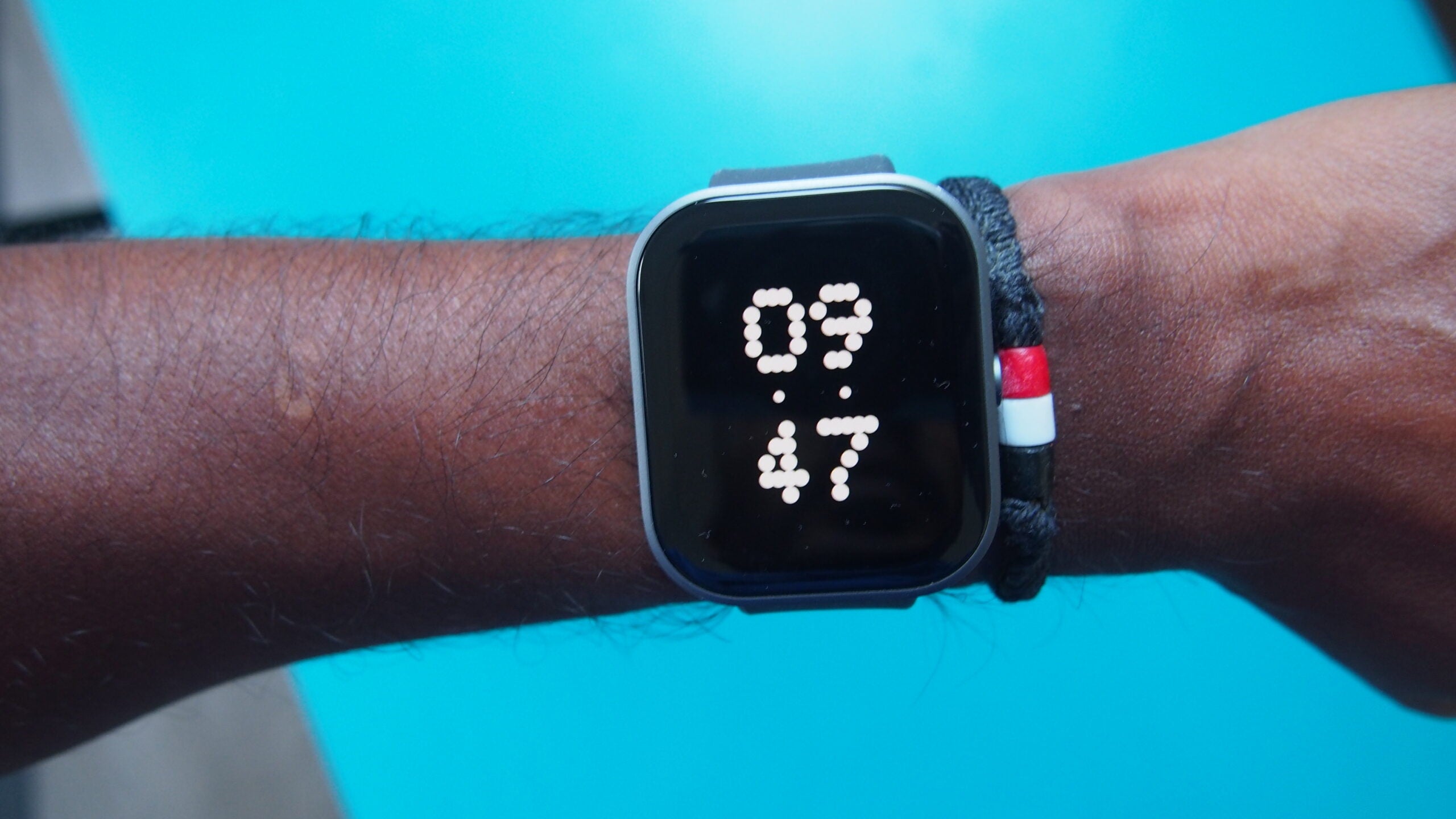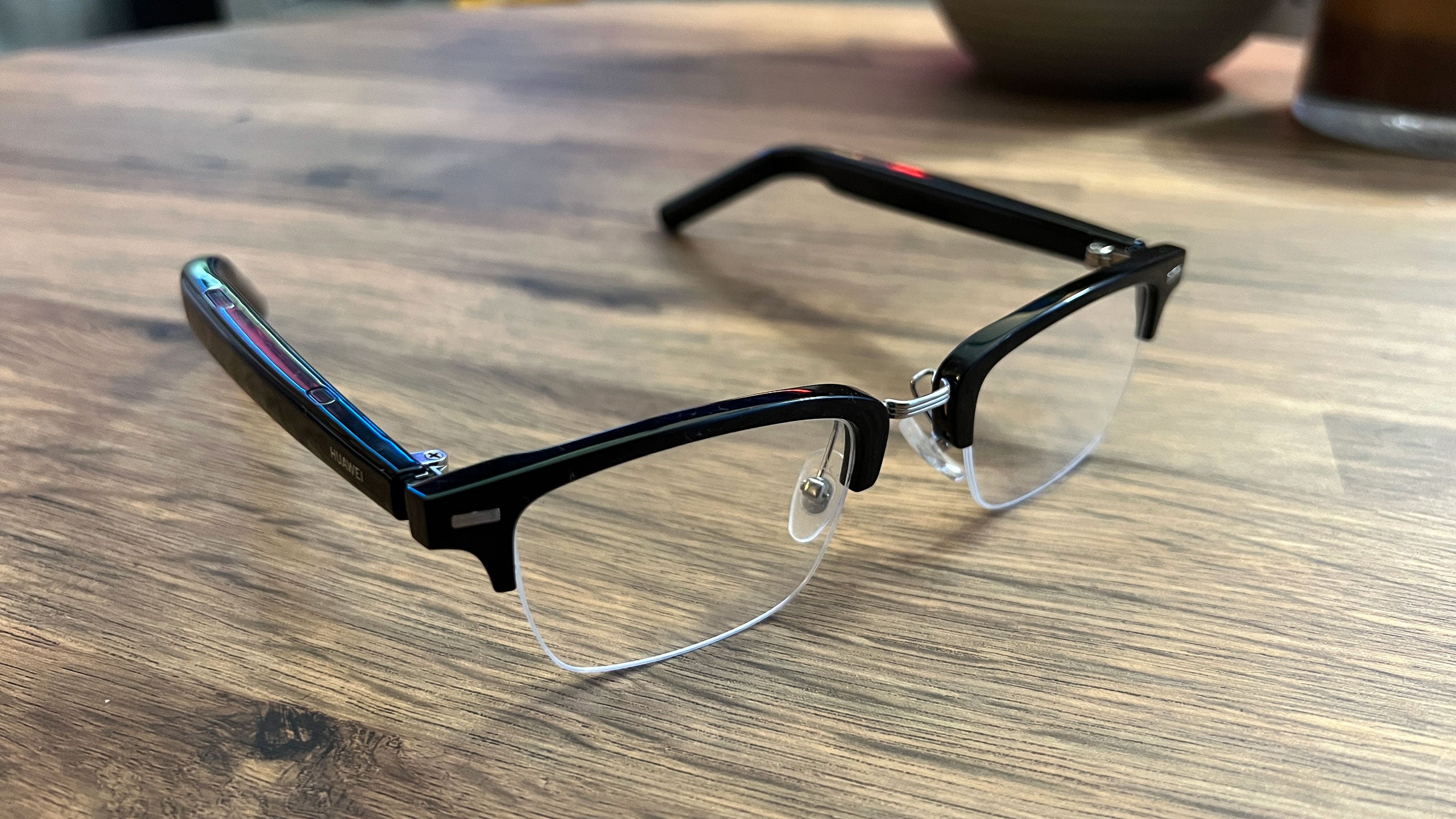Honor Watch 4 Review
Offering good fitness features at a really attractive price
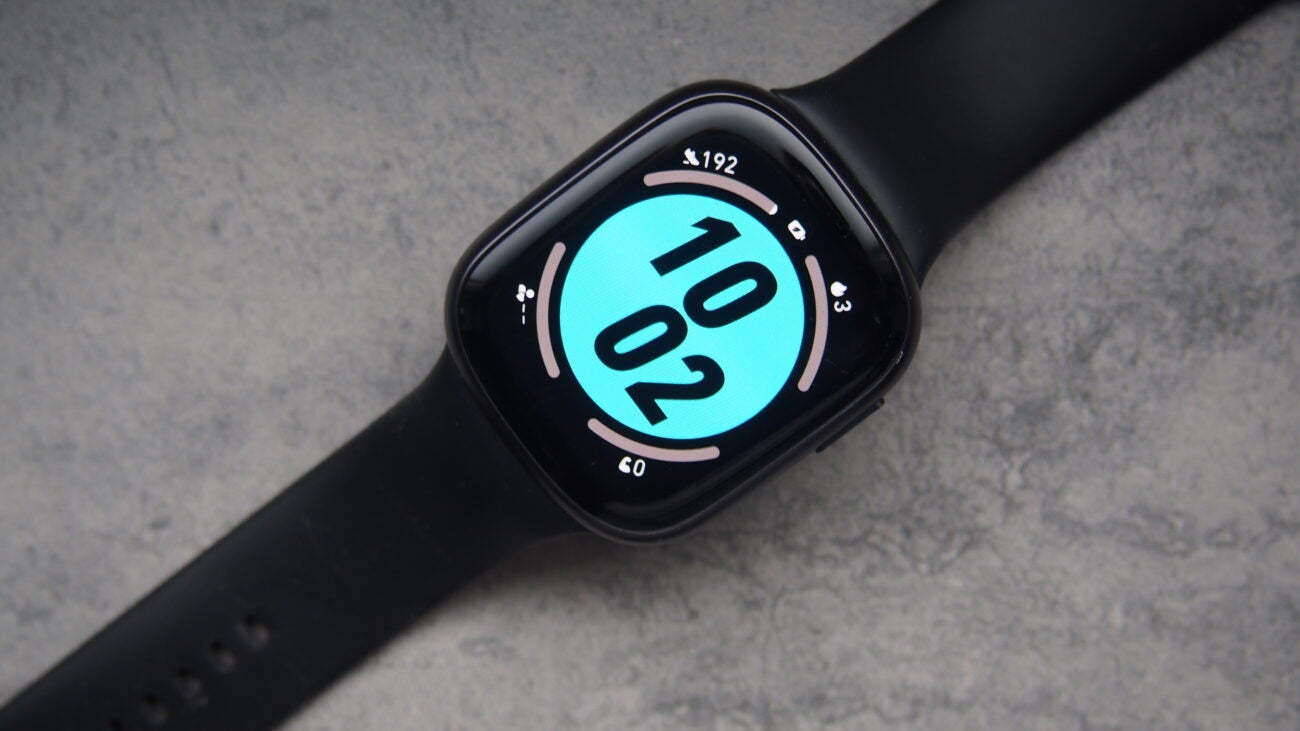

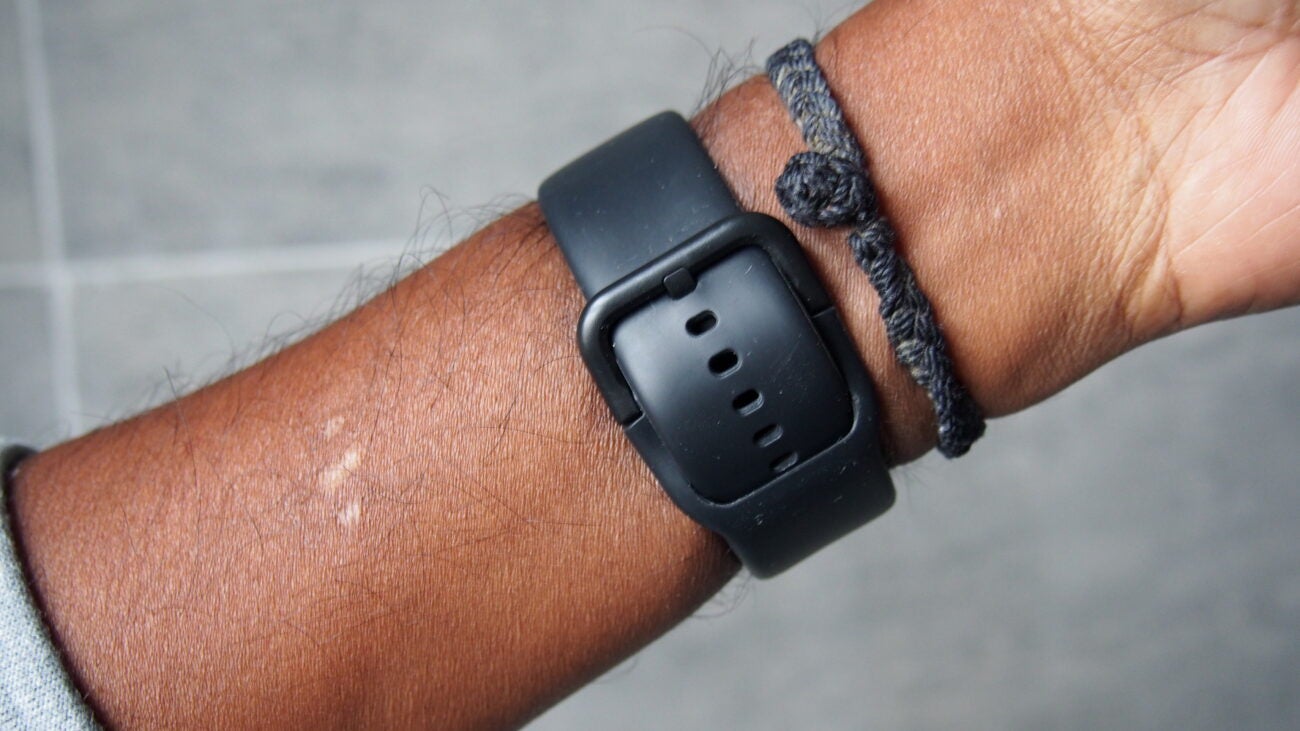



Verdict
The Honor Watch 4 is a very likeable smartwatch that offers a nice mix of features at a very affordable price.
Pros
- Slick-running watch software
- Surprisingly good sports features
- Simple yet well-built design
Cons
- Some features only available for Android users
- The odd software quirk
- Heart rate accuracy
Key Features
- Optical heart rate sensorCan monitor your heart activity from your wrist
- 14-day battery lifeCan last up to two weeks with casual use
- Built-in GPS Allows you to track your location without being tethered to a phone
Introduction
The Honor Watch 4 sits firmly in the budget smartwatch category and sees Honor revive the square form factor that featured on the impressive Honor Watch ES.
Like the Watch ES, as well as the round MagicWatch and GS 3 smartwatches, the Honor Watch 4 promises weeks of battery life and fitness features including advanced workout algorithms, calculating your fitness age and monitoring metrics like heart rate and stress.
We were big fans of the Watch ES when we tested back in 2020, so does the Honor Watch 4 emerge as a great square successor to Honor’s previous budget offering? Here’s my verdict.
Design and screen
- Available in 2 colours
- AMOLED display
- 5 ATM water resistant design
This isn’t the first time Honor has opted for a square look for one of its watches, but unlike the Watch ES, the Honor Watch 4 has a look that means you could easily mistake it for an Amazfit smartwatch and also has a very Fitbit Versa feel to it too.
Honor offers the Watch 4 in two colour options, the black model I tested and a gold version, both featuring aluminium cases and a silicone rubber strap that can be removed and uses a watch buckle with the strap tucking underneath to keep it firmly in place. It’s a shame there’s not a few more case and strap colours because there’s definitely quite a likeable build quality on this budget watch.
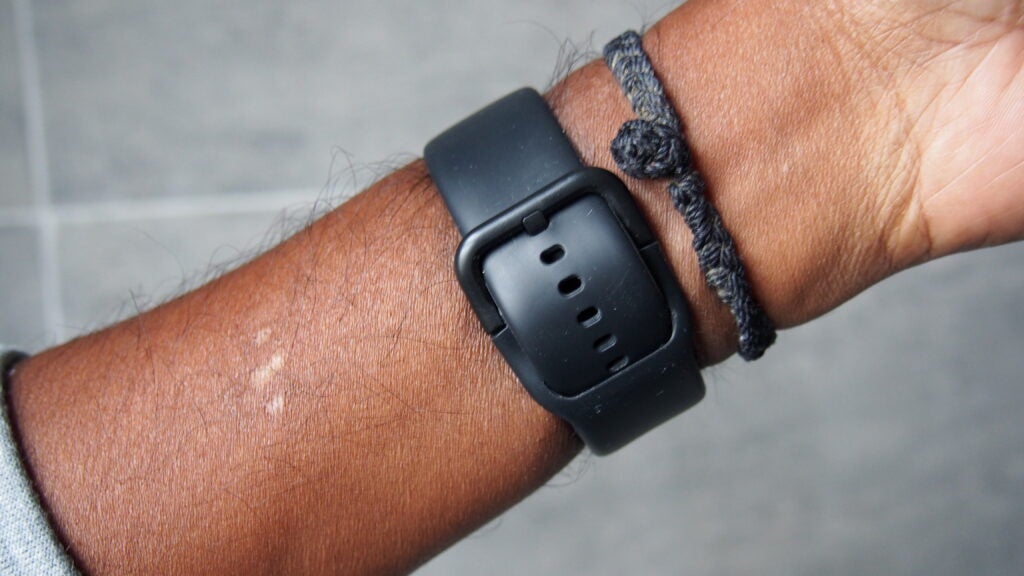
There’s a 1.75-inch, 450 x 390 resolution AMOLED touchscreen display, making it larger than the screen included on the Watch ES. While colours are a touch saturated on that display, it goes nice and bright and it’s been easy to view indoors and in brighter outdoor light.
It does offer an always-on mode, though it’s not immediately obvious until you dig a bit deeper into the settings. If you opt to disable it, you do have a nicely responsive raise to wake support here and will save you some battery.
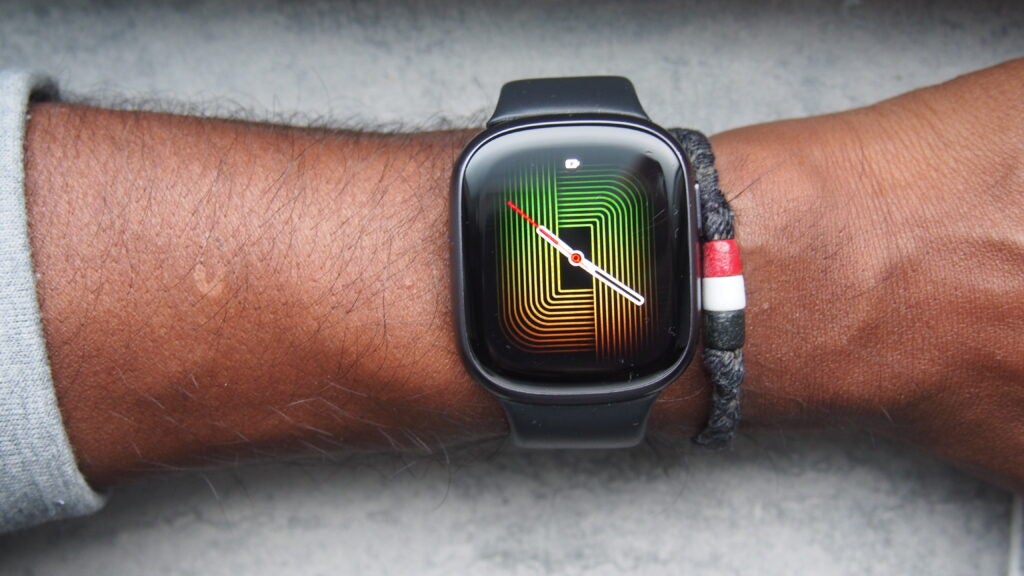
There’s a single physical button on the right side of the case, which pushes you into the main menu screen and can be held to let you shut down or restart the watch.
Around the back is the optical sensor that will dish out real-time heart rate and SpO2 data and that’s where you’ll drop it onto the circular charging cradle when the watch hits 0%.

If you want to take it for a dip, the Watch 4 has a 5 ATM rated design. That makes it safe to be submerged in water up to 50 metres depth and you do have both pool and open water swimming modes to track your movements in the water.
Performance and software
- Works with Android and iOS
- Supports Bluetooth calling
- Includes built-in music player
The Honor Watch 4 runs on Honor’s own proprietary operating system, which has a very Huawei Lite OS/Harmony OS look and feel to it. It does work with Android phones and iPhones, but the former will give you more features to play with. That includes access to the built-in music player, where you’ll need to sync over your own audio from your paired Android phone.
Matching it up with a Google-powered phone also gets you access to the paid-for watch faces, but I’d say there’s some good options you don’t have to pay for here. There’s some nice creative options and a good mix of analogue and digital faces to give you scope to mix things up.
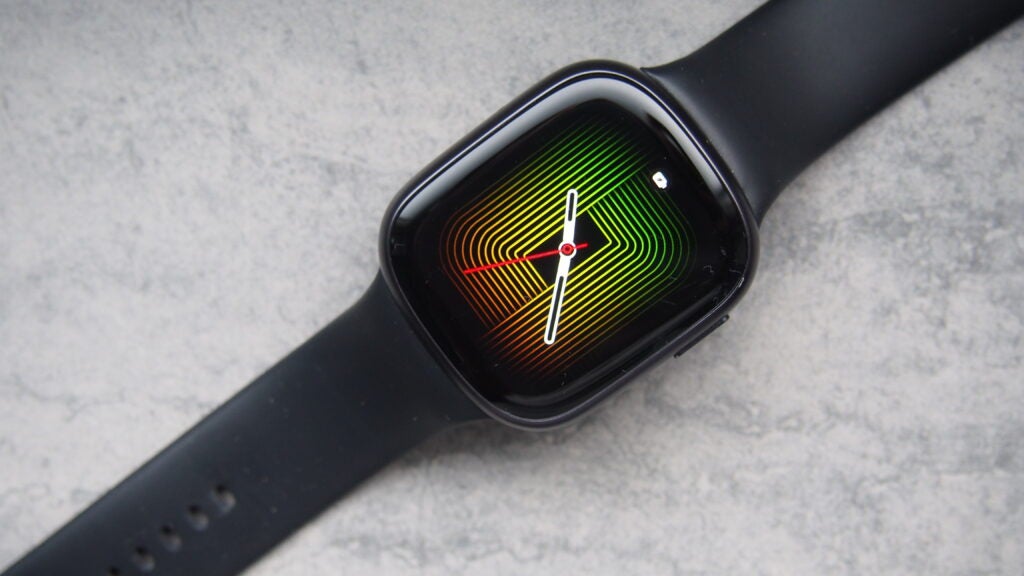
The software itself runs nice and slick. There’s no lag, it’s easy to get to grips with and it just feels well optimised to its square AMOLED surroundings.
The notification support works well and is a simple swipe away from the main watch screen. I did encounter the odd rare quirk where app icons from incoming notifications didn’t match the correct apps. Other than that, it’s a nice place to check in on your notifications.
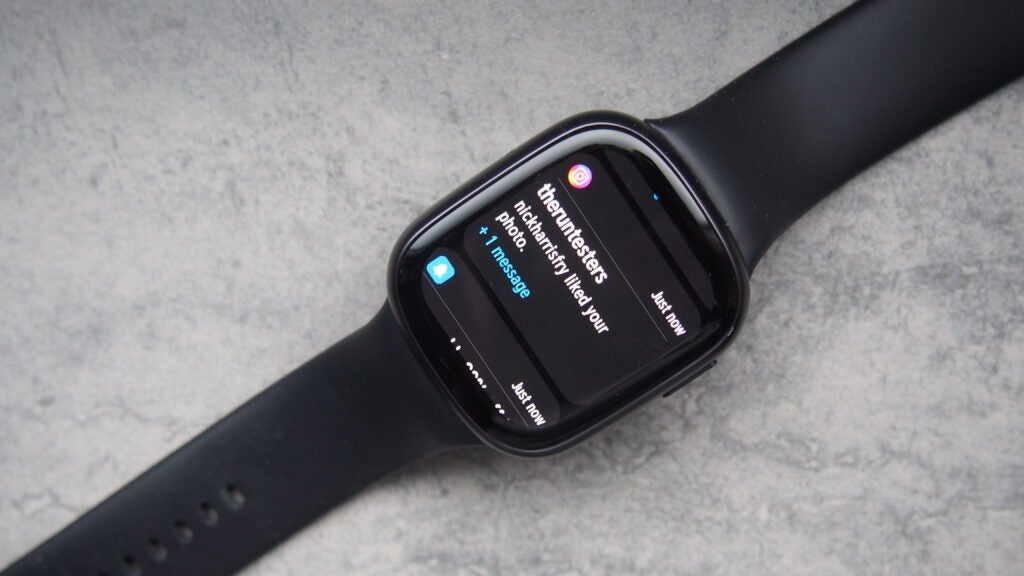
It’s the same story if you want to make calls via Bluetooth, pulling in your contacts, offering a call log and building in a keypad to make calls.
The call quality isn’t super clear and there is some crackle, but you do get volume at least to make sure you can hear over louder noise in your environment.

Off the watch you have the Honor Health app, which unsurprisingly feels again like a spawn of Huawei’s own Health companion app. It’s split into four main tabs with the dashboard including your key metrics in the first, an Exercise tab where you can also find workout videos to follow, the Devices tab to adjust watch settings and access the watch face market and the Me tab where you can access workout plans.
Unlike Huawei, you can’t pump your workout data into third party apps, but I’d say Honor’s own app does a good enough job presenting your stats in the app and on the watch.
Tracking and features
- Fitness age insights
- Offers route back and single line navigation
- Welcome built-in GPS
The Honor Watch 4 offers quite a surprising amount on the fitness and wellness tracking front, particularly when you factor in how much it costs.
On the optical sensor front you’re getting something that can continuously track heart rate, stress (via heart rate variability), SpO2 levels. There’s also built-in GPS, which has typically been lacking from Honor’s more affordable wearables, so it’s good to see that’s made the cut here as well.
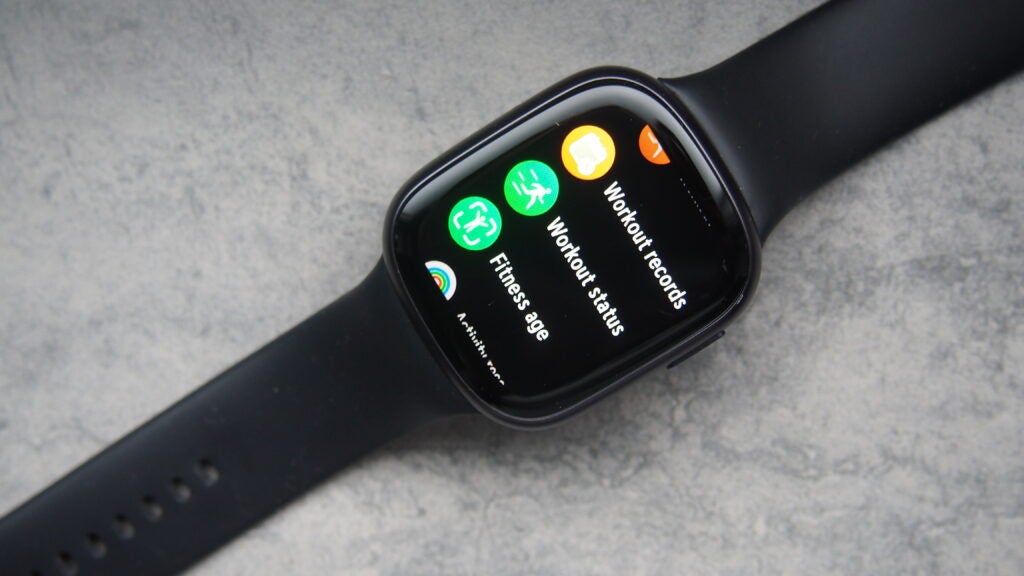
When you delve into the workout tracking screen, Honor includes a series of fitness and running ‘courses’, which are essentially workouts you can follow if you’re looking to burn fat, you’re tackling your first endurance run or you want step-by-step instructions and visual guides on how to stretch if you’ve been sitting at your desk all day. For beginners, these are handy features to have.
Delve into the dedicated workout modes for running, cycling, swimming and indoor workouts like the cross trainer and indoor rowing. These are modes with activity specific metrics as well, while the running mode will let you race against a virtual runner or chase a specific distance.
The workout tracking on the whole is pretty good. I used it for indoor rowing, pool swims and outdoor runs and it performed well overall. Locking onto a GPS signal did take quite a while, but did improve after a couple of runs. GPS accuracy against the pricier Suunto Race and Garmin Forerunner 265 fared pretty well, with some slightly wayward and off points in the GPS tracks, while pacing and heart rate weren’t quite in line with the Race and 265 when paired to a heart rate monitor chest strap.

A nice added bonus here for outdoor tracking is the ability to track back to your location, giving the Honor Watch 4 some useful navigation support. It’s basic and you’re not getting a detailed map of your surroundings to look at, but it does make getting back to your start point a little easier if you’ve gone off track.
Honor aims to go big on fitness insights so it’ll dish out your VO2 Max estimates, recommended recovery time, training load and generate your Fitness Age based on your cardiovascular endurance and a 25-minute test that needs to be conducted outside. This is similar to the fitness age feature offered on Garmin watches like the Venu series.
The VO2 Max estimates seemed a touch off the same readings from a sports watch, though that had a little more data to produce that reading from. With the Fitness Age insights, you need to make sure your profile information is correct and you do that test on a regular basis to get the most useful information.

Step away from exercise to focus on the other metrics, and Honor can keep tabs on continuous and resting heart rate readings. The Watch 4 tended to report higher readings in general compared to Garmin’s continuous monitoring, which I found to be pretty reliable. Resting heart rate on the Honor Watch 4 was generally 9 bpm higher in comparison, while real-time readings were as much as 10-15 bpm out.
Honor does display daily step counts in its Apple Rings-esque widget and I found daily step counts were within 200-300 steps of step tracking on a Garmin and Polar watch, and you do get inactivity alerts to remind you to move.
For sleep, you’re getting a breakdown of the key sleep stages including REM. It’s also capturing sleep duration, time fallen asleep and generates a sleep score and some basic analysis of time spent in different sleep stages. I’ve been wearing it with the Oura Ring Gen 3 and the Polar Vantage V3, two great sleep trackers, and data such as sleep duration and sleep stage breakdown have largely delivered similar numbers.
I think the Honor is a bit more generous with sleep scores, especially when I knew my time on some nights was interrupted, but the core sleep tracking has actually been pretty good.
Battery life
- Up to 14 day battery life
- Significantly less with always-on display
- No fast charging
The Honor Watch 4 packs in a 451mAh capacity battery that Honor says can get you up to 14 days of battery life. Now that number is based on lab conditions and using features like Bluetooth calls, GPS tracking and playing music not on a daily or with intense use.
If you decide to opt for the always-on display mode, that number is going to drop even harder and you’ll be warned it will halve the battery.

Based on my testing, with the raise to wake gesture support, continuous heart rate monitoring enabled, notifications turned on and some use of indoor and GPS-based workout tracking, the Watch 4 could get through a week. On lighter usage days it dropped by around 10%. So you could possibly get over a week with this watch.
Switch that screen to be on 24/7 and you will see that battery drop well below a week. Honor does warn you, and you can see the battery drop evidently. There is a useful mode to schedule when the always-on mode is in use and turned off for when you’re in bed, to make sure it’s not wasting battery when you don’t need to stare at it. So it’s a considered approach to giving you that standard watch experience while trying to preserve the battery life.
Latest deals
Should you buy it?
You want an affordable smartwatch with solid sports tracking features
The Honor Watch 4 offers good fitness features for the price and most do a solid job tracking your exercise time.
You’re an iPhone user and want everything the Honor Watch 4 has to offer
If you’ve got an iPhone, you’ll miss out most notably on the built-in music support and access to the paid watch faces Honor has on offer here.
Final Thoughts
The Honor Watch 4 feels like Honor has built nicely on the surprisingly well-performing Honor Watch ES, offering good fitness features, especially for beginners, at a really attractive price.
It’s a nicely made smartwatch too, which doesn’t look as budget as I’d feared and the addition of GPS, some navigation smarts and fitness workouts coupled with the good battery life make the Watch 4 a very attractive budget buy indeed. Check out our Best Smartwatch guide for even more options.
How we test
We thoroughly test every smartwatch we review. We use industry-standard testing to compare features properly and we use the watch as our main device over the review period. We’ll always tell you what we find and we never, ever, accept money to review a product.
Worn as our main tracker during the testing period
Thorough health and fitness tracking testing
FAQs
The Honor Watch 4 is waterproof and has a 5 ATM rated design, which makes it suitable for swimming up to 50 metres depth.
Yes, you can listen to music on the Honor Watch 4 if it’s paired with an Android phone only. There is a portion of the 4GB storage available to store unencrypted music files from third party music apps, which must be downloaded on your phone before it can be transferred to the watch.




